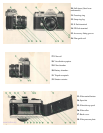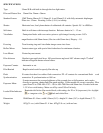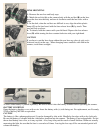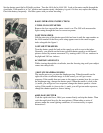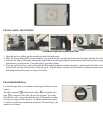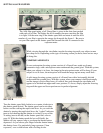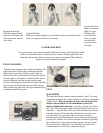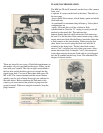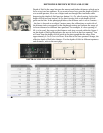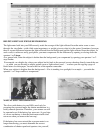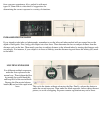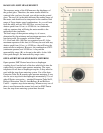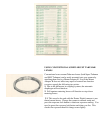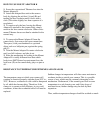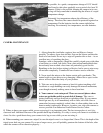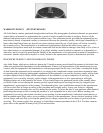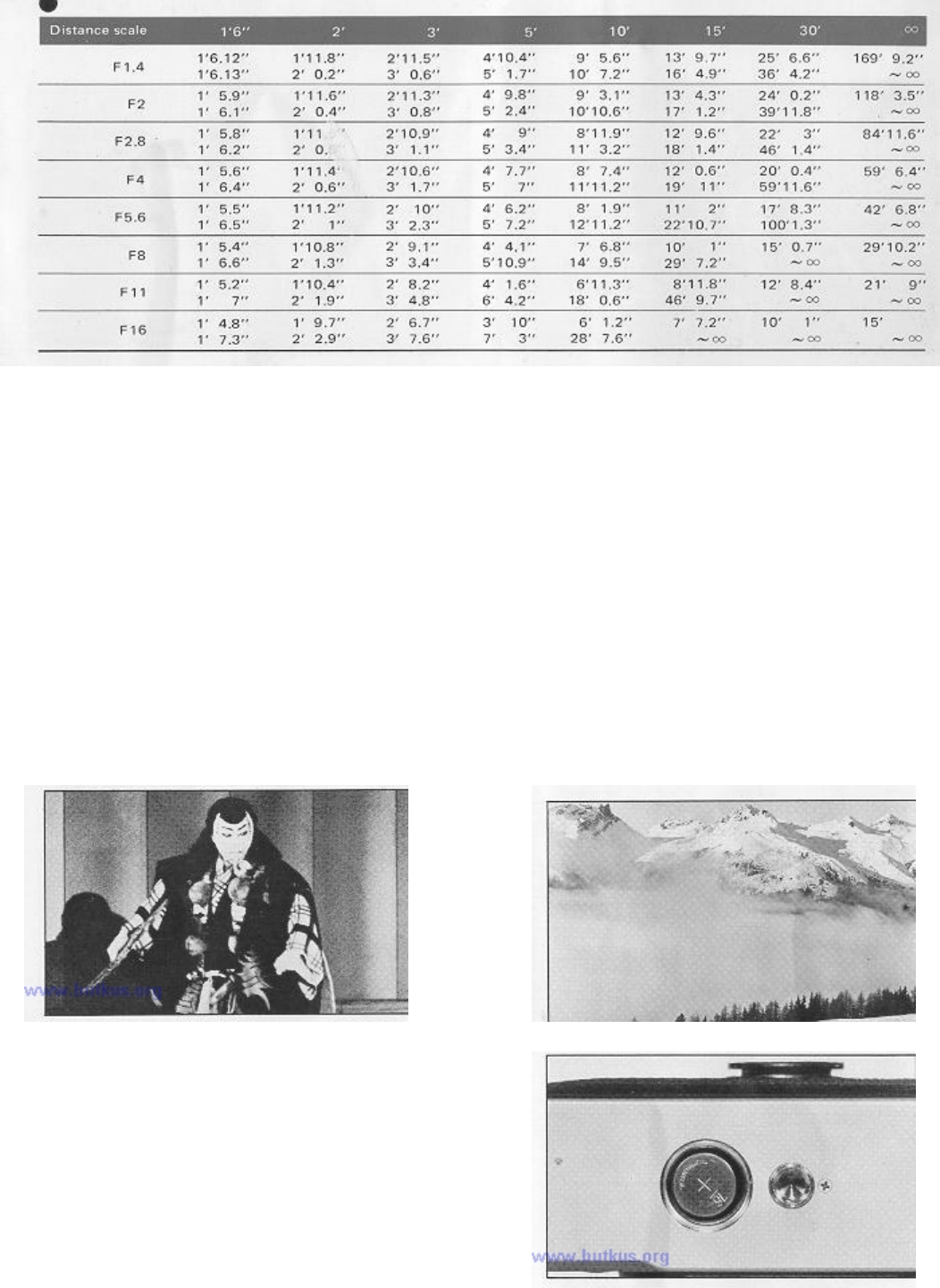
HELPFUL HINTS ON EXPOSURE PROBLEMS
The light meter built into your KM correctly reads the average of the light reflected from the entire scene as seen
through the viewfinder --with a little extra importance, or weight, given to what is in the center. Sometimes, however,
there is a great difference between the light reflected from the background and the light reflected from the subject. In
such a case, to achieve a really good photo, you must compensate for the difference by opening or closing down the
aperture 1 or 2 steps.
As a general rule, when the subject is darker than the background, you compensate by opening your aperture 1 or 2
steps further.
For example: on a bright day, when your subject has his back to the sun and you are shooting directly toward the sun
. . . or when you are shooting a subject against snow or light-colored sand . . . or when you are copying a page of
black letters on white paper, increase the size of the aperture somewhat.
When your subject is brighter than the background -- if he is standing in a spotlight, for example -- you make the
aperture 1 or 2 steps smaller to compensate.
MANUAL SHUTTER OPERATION
The silver oxide battery in your KM is used only for
powering the exposure meter; the shutter mechanism is a
totally manual operation. Therefore, your camera can still
be operated even if the battery has worn out. (A good sign
of a worn-out battery is that the black meter needle does
not move when you remove the lens cap.)
If the battery has worn out and the exposure meter is no
longer functioning, you must determine the correct
combination of shutter speed and aperture size yourself,



